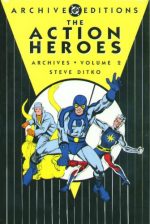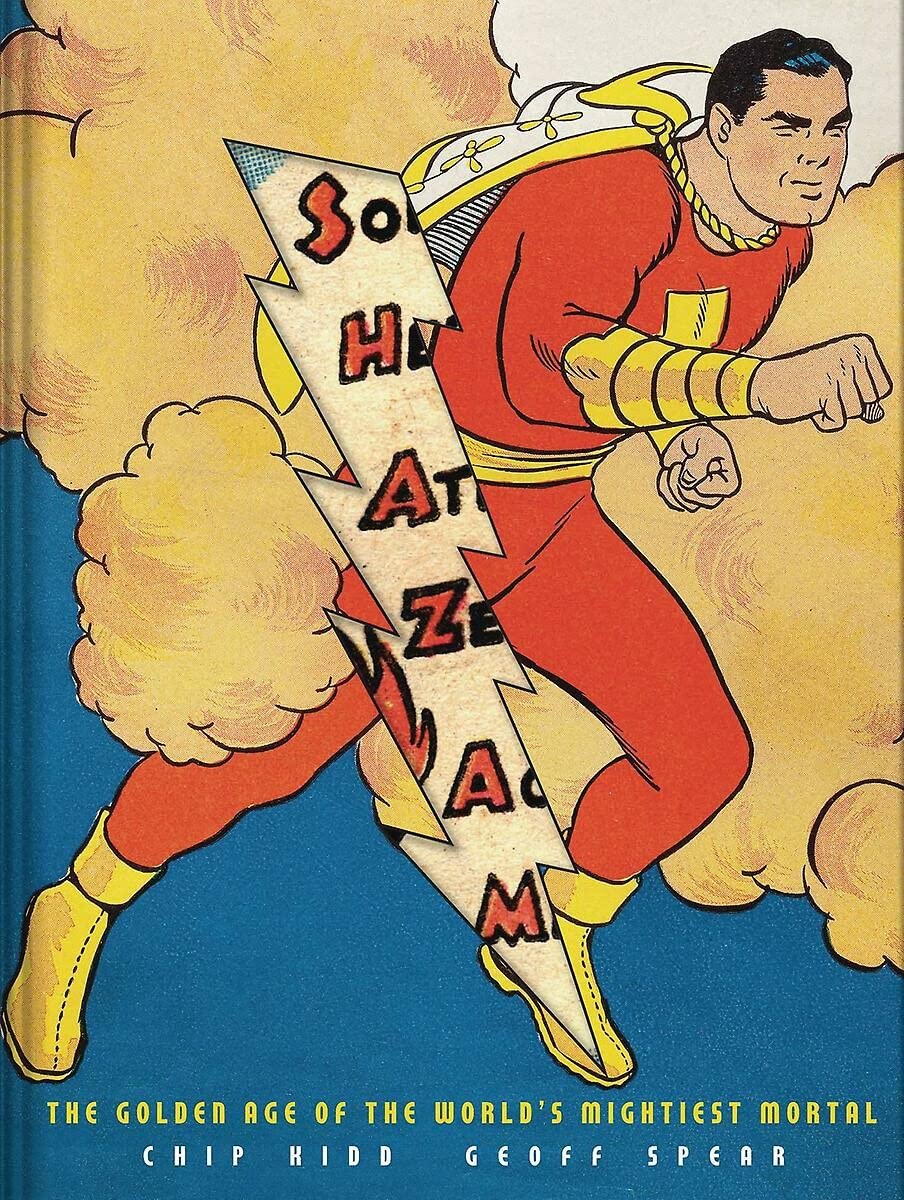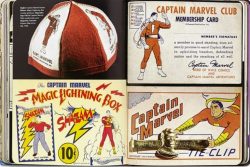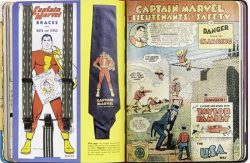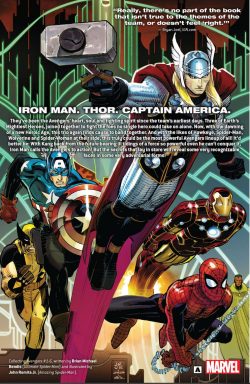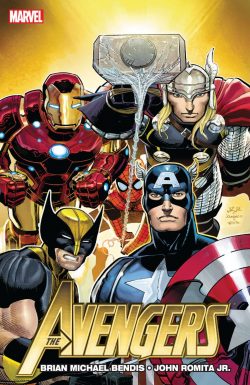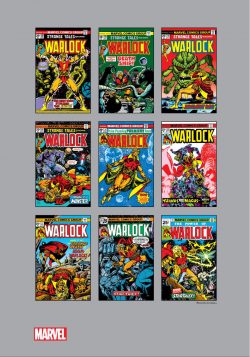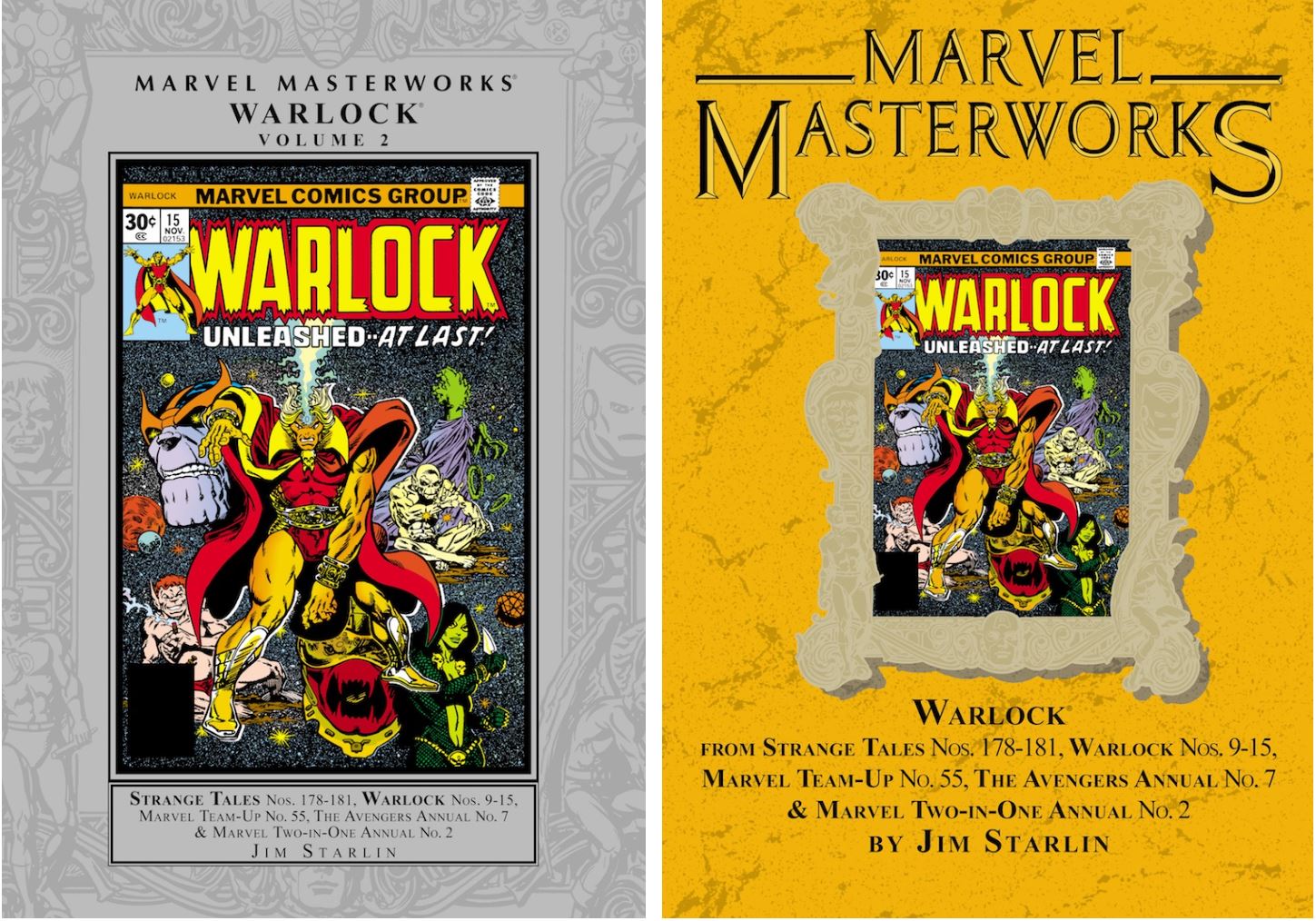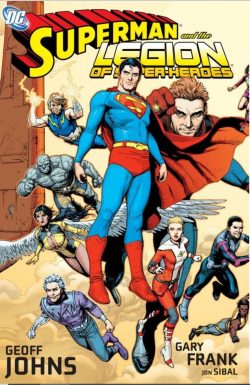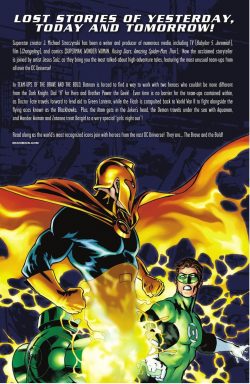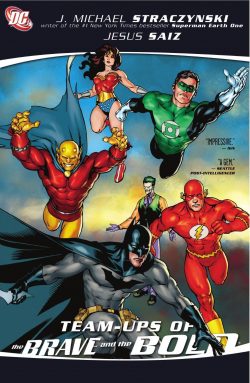

By John Byrne, Marv Wolfman, Jerry Ordway, Dick Giordano, Terry Austin, Mike Machlan, Karl Kesel & various (DC Comics)
ISBN: 978-1-7795-0491-3 (HB/Digital edition)
In 1985 when DC Comics decided to rationalise, reconstruct and reinvigorate their continuity with Crisis on Infinite Earths they used the event to simultaneously regenerate their key properties at the same time. The biggest gun they had was Superman and it’s hard to argue that the change was not before time.
The big guy was in a bit of a slump, but he’d weathered those before. So how could a root and branch retooling be anything but a pathetic marketing ploy that would alienate the real fans for a few fly-by-night Johnny-come-latelies who would jump ship as soon as the next fad surfaced? This new Superman was going to suck…
They couldn’t have been more wrong.
The public furore began with all DC’s Superman titles being “cancelled” (actually suspended) for three months, and yes, that did make the real-world media sit-up and take notice of the character everybody thought they knew for the first time in decades. However, there was method in this seeming corporate madness.
The missing mainstays were replaced by a 6-part miniseries running from October to December 1986. Entitled Man of Steel, it was written and drawn by Marvel’s mainstream superstar John Byrne and inked by venerated veteran Dick Giordano.
The bold manoeuvre was a huge and instant success. So much so that when it was first collected as a stand-alone compilation album in 1991, it became one of comics’ premiere “break-out” hits in a new format that would eventually become the industry standard for reaching mass readerships. Nowadays few people buy the periodical pamphlets but almost everybody has read a graphic novel…
From that overwhelming start the Action Ace seamlessly returned to his suspended comic book homes, enjoying the addition of a third monthly title which premiered that same month.
Superman, Adventures of Superman, and Action Comics (which acted as a fan-pleasing team-up book guest-starring other favourites of the DC Universe, in the manner of the cancelled DC Comics Presents) were instant best-sellers.
So successful was the relaunch that by the early 1990’s Superman would be carrying four monthly titles as well as Specials, Annuals, guest shots and regular appearances in titles such as Justice League.
Quite a turnaround from the earlier heydays of the Man of Steel when editors were frantic about never overexposing their meal-ticket.
In Superman’s 85th year of more-or-less consecutive and continuous publication, this collection begins with the six self-contained stories from key points in Superman’s career, newly readjusted for contemporary consumption in the wake of that aforementioned worlds-shattering Crisis.
Spanning to cover-dates October 1986 to June 1987 and re-presenting The Man of Steel #1-6, Superman #1-4, Action #584-587 and Adventures of Superman #424-428 plus relevant pages from Who’s Who: Update ‘87 #1, 3, 4 this initial herculean compilation opens with the a reprinting of Byrne’s introduction from the 1991 collection ‘Superman: A Personal View’ before the revelations unfold…
Newsstands and comic stores on July 10th 1986 welcomed a startlingly new and bleakly dystopian Krypton in #1 as ‘Prologue: From Out of the Green Dawn…’ followed the child’s voyage in a self-propelled birthing matrix to a primitive world.
Discovered by childless couple Jonathan and Martha Kent, the alien foundling spends his years growing secretly in Smallville, indistinguishable from other earthlings until strange abilities begin to gradually manifest and hint at ‘The Secret’…
Eighteen years after his arrival, the boy learns of his extraterrestrial origins and leaves home to wander the world. Clark Kent eventually settles in Metropolis and we get a rapid re-education of what is and isn’t canonical as he performs his first public super-exploit, meets with Lois Lane, joins the Daily Planet and gets an identity-obscuring costume in ‘The Exposure’ and ‘Epilogue: The Super-Hero’…
Lois takes centre-stage for the second issue, scheming and manipulating to secure the first in-depth interview with the new hero before losing out to neophyte colleague Kent whose first big scoop becomes ‘The Story of the Century!’
The third chapter recounts the Metropolis Marvel’s first meeting with Batman as ‘One Night in Gotham City…’ reveals a fractious and reluctant team-up to capture murdering thief Magpie. The unsatisfactory encounter sees the heroes part warily, not knowing if they will become friends or foes…
‘Enemy Mine…’ in MoS #4 expands and redefines the new Lex Luthor: a genius, multi-billionaire industrialist who was the most powerful man in Metropolis until the Caped Crime-buster appeared. When the tycoon overreaches himself in trying to suborn the hero with cash, he is publicly humiliated and swears vengeance and eternal enmity…
By the time of ‘The Mirror, Crack’d…’ in #5, Luthor is Superman’s greatest foe – albeit one who scrupulously maintains a veneer of respectability and plausible deniability. Here, Luthor’s clandestine attempt to clone his own Man of Tomorrow results in a monstrous flawed duplicate dubbed Bizarro and introduces Lois’ sister Lucy to play hapless victim in a moving tale of triumph and tragedy.
The reimagination concludes with ‘The Haunting’ as a troubled Clark/Superman returns to Smallville. Reuniting with childhood sweetheart Lana Lang – who shares his secrets and knows as much as he of his alien origins – the strange visitor finally learns of his Kryptonian origins and heritage when the long-hidden birthing matrix projects a recorded message from his long-dead parents and details their hopes and plans for him…
The shock and reaction of his foster family only affirms his dedication and connection to humanity…
John Byrne was a controversial choice at the time, but he magnificently recaptured the exuberant excitement and visually compelling, socially aware innovation which informed and galvanised Jerry Seigel & Joe Shuster’s inspired creation. Man of Steel granted a new generation the same kind of intoxicating four-colour fantasy that was the original Superman, and made it possible to be a fan again, no matter your age or prejudice. Superman had always been great, but Byrne had once again made him thrilling. Rivetingly so.
The never-ending battle recommenced on a monthly schedule with Superman volume 2 #1, where Byrne & Terry Austin reveal a ‘Heart of Stone’: presenting a new Metallo as thug John Corben is remade as a Terminator-style cyborg with a human brain and a Kryptonite heart by a deranged xenophobic scientist. The transition culminates in a deadly battle and baffling mystery portending big troubles to come. The focus then shifts to Action #584 and ‘Squatter!’ (by Byrne & Giordano) as a body-snatching mental force suborns the Metropolis Marvel and necessitates a team-up with the Teen Titans. The accent is predominantly on breakneck pace and all-out costumed conflict here…
Superman #2 (by Byrne & Austin) then describes ‘The Secret Revealed!’ as modern-day robber baron Luthor makes the biggest mistake of his life after kidnapping and torturing Kent’s first girlfriend Lana Lang…
This is followed by Marv Wolfman & Jerry Ordway’s ‘Man O’War!’ and ‘Going the Gauntlet’ (Adventures of Superman #424 & 425, and inked by Mike Machlan). The drama introduces tragic Dr. Emil Hamilton and rival reporter Cat Grant to the mythology as the Action Ace battles high-tech terrorists sponsored by rogue state Qurac and proves to be no respecter of international boundaries like his pre-Crisis counterpart…
These politically and socially aware dramas would become a truer and more lasting template for the modern Man of Tomorrow after Byrne’s eventual retirement from the character…
The Phantom Stranger guests in a battle against a deadly manifestation of unquiet spirits in ‘And the Graves Give Up Their Dead…’ (Byrne & Giordano, Action #585) before the next three chapters address the Superman segment of multi-part crossover event Legends.
Byrne & Austin’s Superman #3 began with ‘Legends of the Darkside!’, as Clark Kent is abducted to Apokolips by its evil master. He escapes to become a rebel leader of the lowly “Hunger Dogs” in Adventures… #426, wherein Wolfman, Ordway & Machlan give us an amnesiac Superman on Apokolips rising ‘From the Dregs’ before the rousing yarn concludes with ‘The Champion!’ as Action Comics #586 (Byrne & Giordano) reintroduces Jack Kirby’s New Gods post-Crisis icons Orion and Lightray, just in time for a blistering battle royale beyond the stars between the Man of Steel and deadly Darkseid…
Once the cosmic dust settled, it was back to the regular Never-Ending Battle, with Superman #4 introducing deranged lone gunman ‘Bloodsport!’ courtesy of Byrne & inker Karl Kesel. The merciless shooter is more than just crazy, however: some hidden genius has given him the ability to manifest wonder weapons from thin air and he never runs out of ammo…
Wolfman & Ordway generally concentrated on longer, more suspensefully dramatic character-based tales. Adventures of Superman #427-428 (cover-dated April & May 1987) took the Man of Tomorrow on a punishing visit to rogue state Qurac and an encounter with hidden alien telepaths The Circle: a visceral and beautiful tale of un-realpolitik. ‘Mind Games’ and ‘Personal Best’ combine a much more relevant, realistic slant with lots of character sub-plots featuring assorted staff and family of the Daily Planet.
The story portion of this first volume concludes with Byrne & Giordano back in Action (#587), crafting spectacle, thrills and instant gratification with ‘Cityscape!’ by teaming Superman with Jack Kirby’s Etrigan the Demon. The magic happens when sorceress Morgaine Le Fay seeks to become immortal by warping time itself…
Augmenting the Costumed Dramas are more recovered text commentaries and appreciations from earlier collections: specifically Ray Bradbury’s ‘Why Superman? Why Today?’ (1991), Wolfman’s ‘Reinventing the Wheel’ (2003) and Ordway’s ‘The Adventures of Superman’ from 2004. These are followed by the covers of earlier Superman: The Man of Steel compendia – all by Ordway – and pages taken from supplemental comics reading tool Who’s Who: Update ‘87.
Plucked from issues #1, 3, 4 are Byrne’s Amazing Grace, Bizarro, Bloodsport, Host, Lex Luthor, Krypton and Kryptonite, Lois Lane, Magpie and Metallo before a big bold pin-up of the Man of Steel ends the fun for now.
The back-to-basics approach successfully lured many readers to – and back to – the Superman franchise, but the sheer quality of the stories and art are what convinced them to stay. Such cracking, clear-cut superhero exploits are a high point in the Action Ace’s decades-long career, and these collections are the best way to enjoy one of the most impressive reinventions of the ultimate comic-book icon.
© 1986, 1987, 2020 DC Comics. All Rights Reserved.




